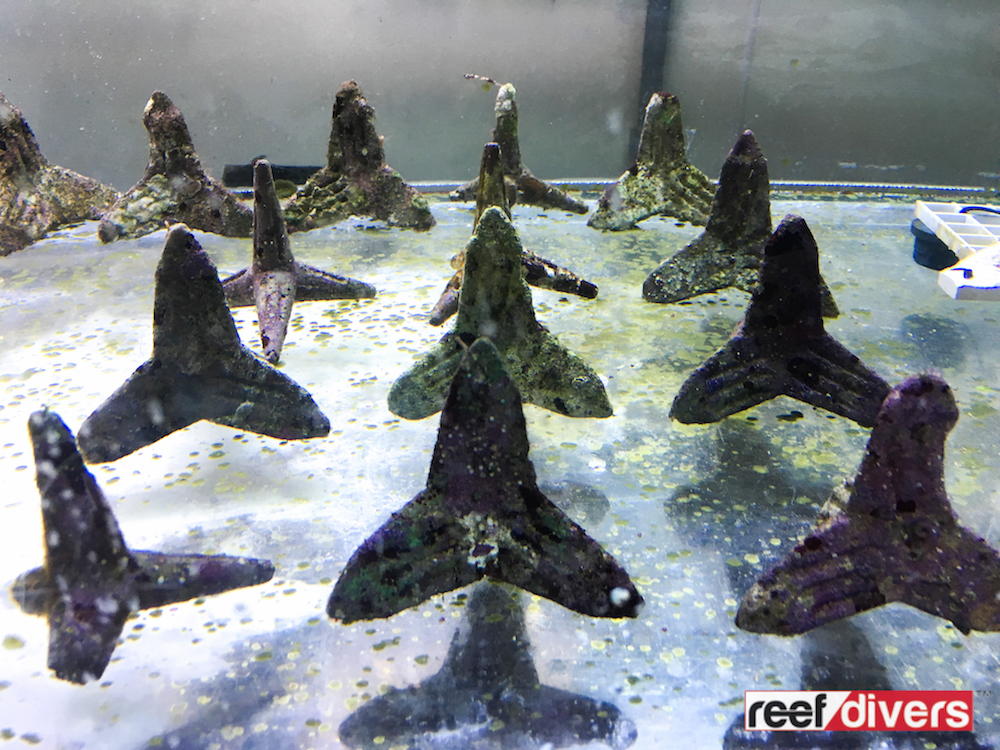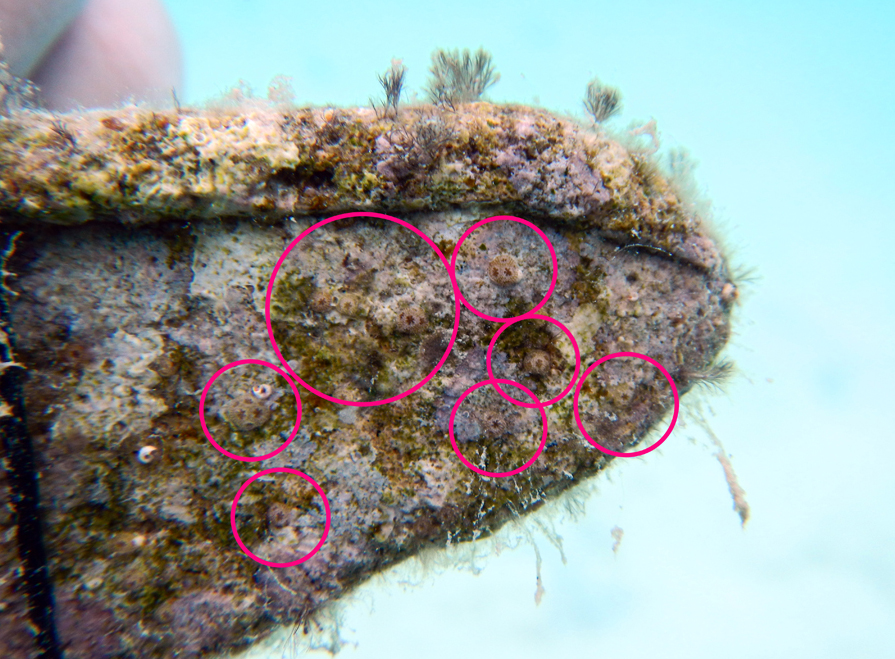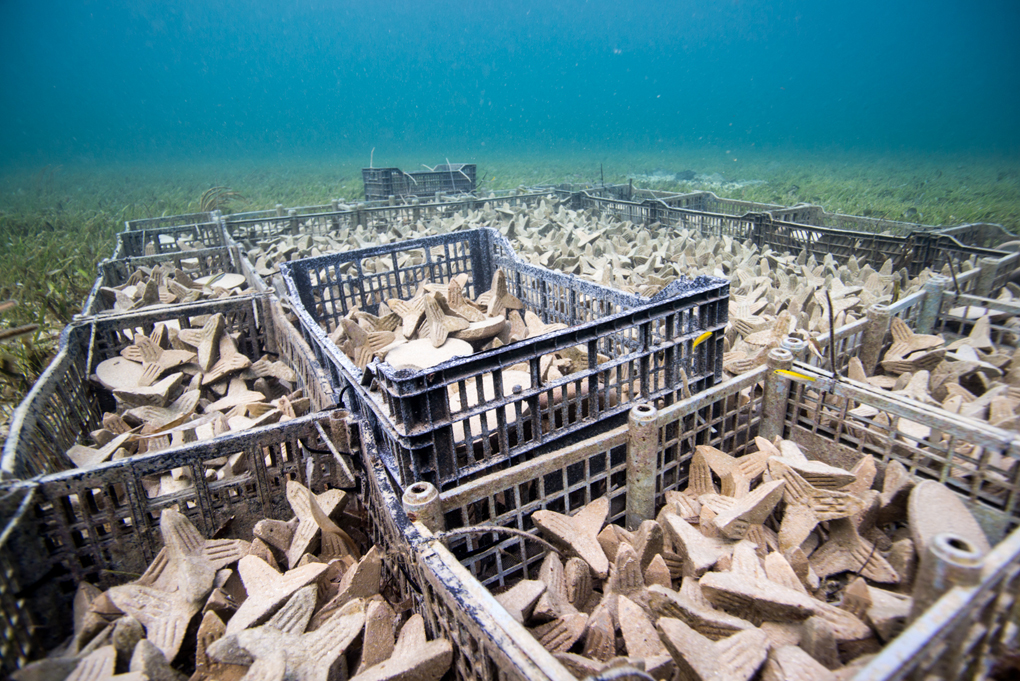Global Coral Restoration Project
With non-stop talk about the loss of coral reefs due to climate change, the Global Coral Restoration Project is a much-needed lifeboat for reefs around the world. The project which started as a partnership between SECORE International and the California Academy of Sciences welcomes The Nature Conservancy in the Caribbean sealing their commitment to rehabilitate coral reefs and preserve them for future generations.
The project aims to restore large-scale areas of degraded reef using sexually reproduced coral offspring. SECORE and the Califonia Academy of Science have been perfecting their technique to raise corals in captivity and currently conducting pilot projects for larger-scale sexual coral restoration on Curaçao and in Mexico.
To do this they collect coral gamete during a coral spawning event and place them in a holding tank with custom built cement tetrapods. Once the gametes have developed into coral larvae, the tetrapods provide the ideal habitat for baby corals to settle. Once the larvae have attached they will metamorphose into baby corals.
The baby corals need time to grow, a process that can take a year or longer until the juvenile colony has a better chance of survival in the wild. If these juvenile colonies are reared on a large enough scale there is a potential for thousands of new colonies to be transplanted in a single boat trip.
The global coral restoration project, is the first of its kind to attempt restoration using captive raised colonies from sexual reproduction. By “seeding” reefs with sexually reproduced coral offspring, this project aims to help maintain corals’ genetic diversity which in turn maximizes their ability to adapt to future conditions.
Currently, restoration is done by fragmenting small sections of coral from a mother colony. These fragments are then secured to a frame or attached to a ceramic/cement base. The corals are left in a nursery for 6 months to a year, depending on the species, and then each fragment is transplanted by hand to the reef.
This is a time-consuming process that limits the number of corals which can be out-planted each year. It could take a team of two divers one day to harvest 100 fragments of corals from a nursery and transplant them to a degraded reef site. With the seeding method, hundreds of tetrapods can be scattered off the back of a boat within an hour, or placed on the reef by hand using scuba gear.
The first phase of this project will focus on restoring Caribbean reefs, which have been degrading over the last three decades, due to hurricanes, disease outbreaks, and mass die-offs. Key reef-building species, such as the elkhorn and staghorn corals, are critically endangered, and a focus of this collaborative project is to assist in the rehabilitation of those species.
The Global Coral Restoration Project starts in the Caribbean and is planned to expand into the Pacific region after its initial phase. The project also includes training for partners from island nations and territories, including organizations capable of translating their efforts into local management plans that support this large-scale coral restoration initiative. [Phys.org]


